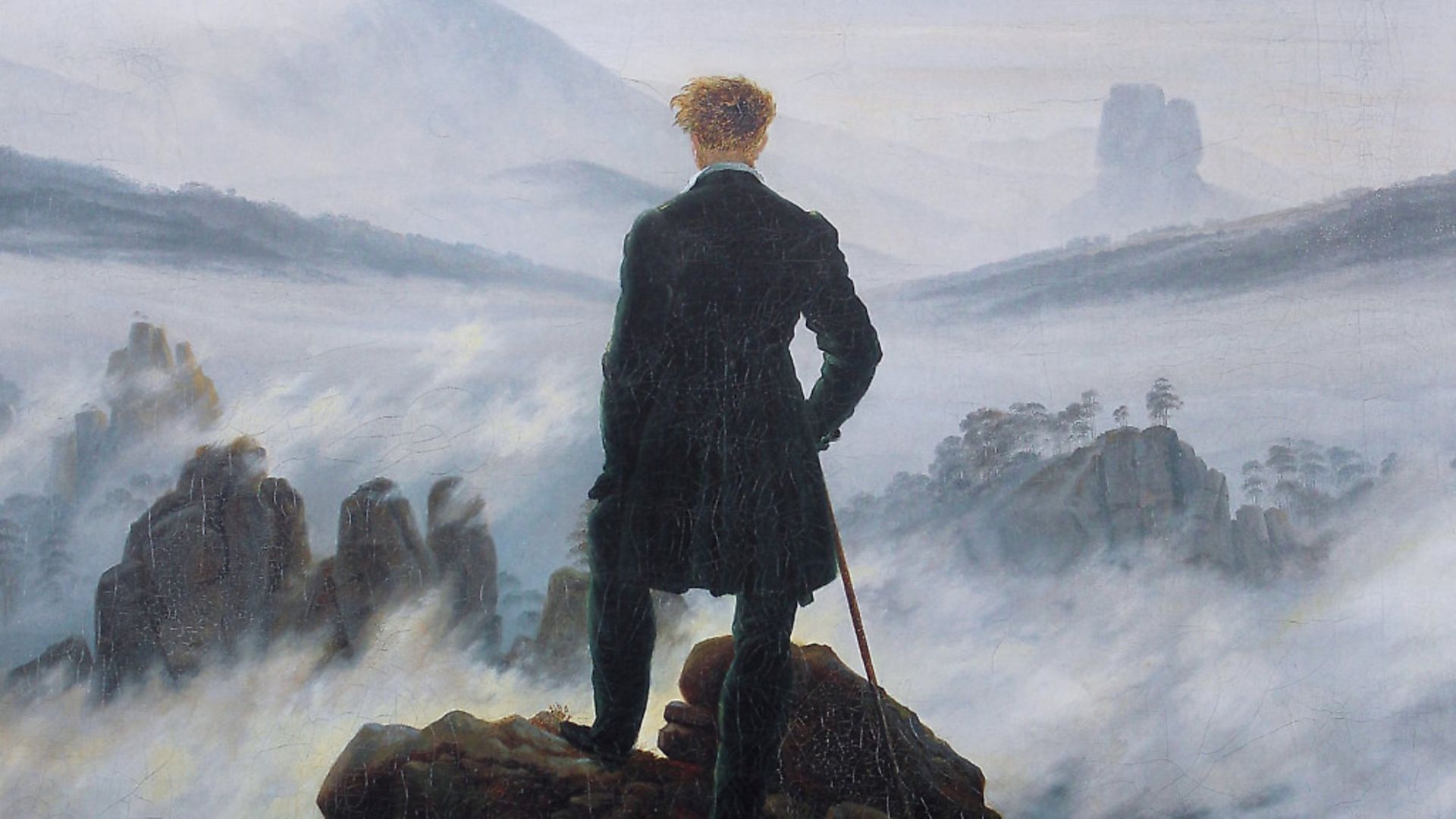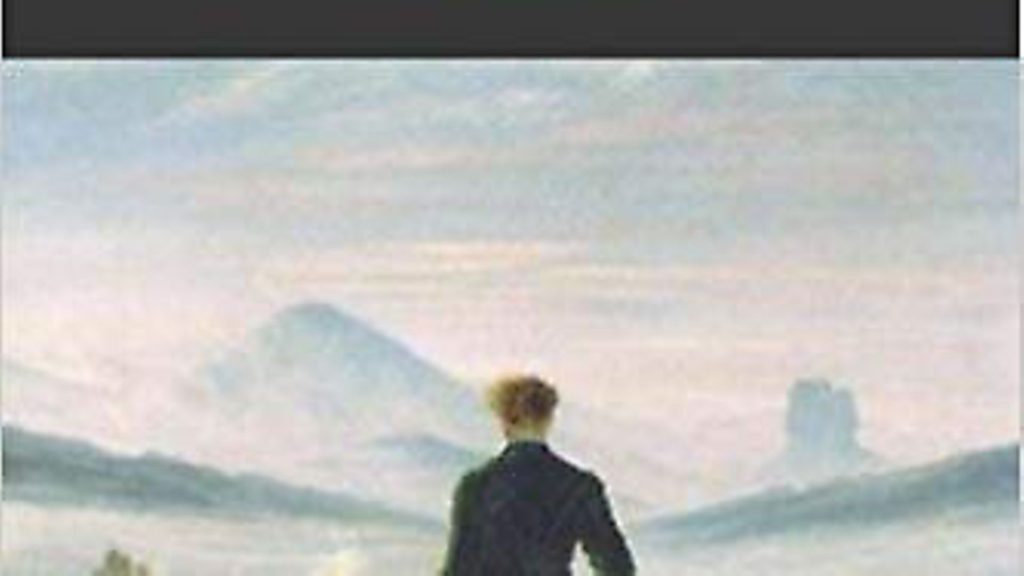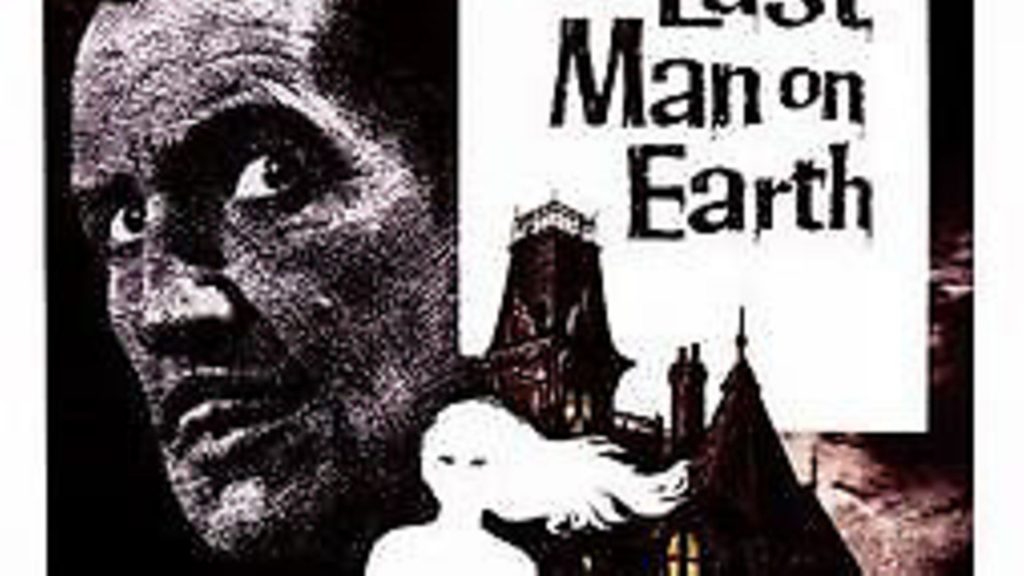
BONNIE GREER on an overlooked novel from the past which described a devastating 21st century pandemic.

He knew that fear and melancholy forebodings were powerful assistants to disease; that desponding and brooding care rendered the physical nature of man peculiarly susceptible of infection.
These are not the musings of some expert on pandemics, but a section of a novel published in 1826: The Last Man, by Mary Shelley.
In the book, Shelley – author of the mother of all futurist, sci-fi works, Frankenstein – tells the story of plague that spreads all around the world, at the end of the 21st century.
The novel is the story of a poor boy in search of himself, who rises to become a friend of the mighty; then finds himself caught up in something bigger than politics until he is, literally, the last man.

The world of Shelley’s The Last Man also features the real-life political tension between Greece and Turkey and a war between the two. The novel, too, echoes the author’s own personal circumstances and tragedies. It begins with this conglomeration of real political life and her own emotional situation. And then it veers into something else. Something prescient.
To the modern reader, the author gives us a way of thinking about pandemics, about plagues. As the child of two philosophers, Shelley insists that it is through adjusting our thinking, our minds that we can see a way through.
The Last Man, in many ways, is the bedrock of what we understand as futurism in novels and in films. It is at the base of every zombie apocalypse movie and TV show.
Vincent Price’s The Last Man On Earth, released in 1964, while based on another work, uses Shelley’s template to depict the story of the last man on earth. This ‘last man’ becomes a vampire hunter after a disease turns all of humanity into the living dead. In this version – set in a nearer future, 1968 – Price’s Dr Morgan wakes up every day, gathers his weapons and goes hunting for vampires in a world where a plague turns everyone into creatures that cannot stand the sunlight, are repelled by garlic and a fear of mirrors.
Pandemics, or plagues, are a template deep within humankind. And they are often considered the fault of someone else: of ‘the other’.
The influenza pandemic of 1918-1920 infected 500 million people. It lowered the life expectancy, for example, of the United States by 12 years. It infected 27% of the population of the world; sweeping up people even on the isolated islands of the Pacific and could have had a death toll as high as 50 to 100 million people.
That pandemic involved the H1N1 influenza virus and was called the ‘Spanish flu’ because reporting of it was restricted in so many countries by war-time censors, eager to keep up morale. It was, however, reported in the press in neutral Spain, where the king was among the sufferers, and so came to be associated with that country.
For many, the coronavirus pandemic is also the fault of ‘out there’, too. It is always from ‘out there’.
In Shelley’s novel, the year is 2092 and the hero, Lionel Verney, after getting involved in English politics, attempts to return to a normal life after his adventures in war abroad.
But a plague begins to rage. At first, England is believed to be safe. Because it is England.
And yet:
These were questions of prudence; there was no immediate necessity for an earnest caution. England was still secure. France, Germany, Italy and Spain, were interposed, walls yet without a breach, between us and the plague. Our vessels truly were the sport of winds and waves, even as Gulliver was the toy of the Brobdingnagians; but we on our stable abode could not be hurt in life or limb by these eruptions of nature. We could not fear – we did not. Yet a feeling of awe, a breathless sentiment of wonder, a painful sense of the degradation of humanity, was introduced into every heart. Nature, our mother, and our friend, had turned on us a brow of menace. She shewed us plainly, that, though she permitted us to assign her laws and subdue her apparent powers, yet, if she put forth but a finger, we must quake. She could take our globe, fringed with mountains, girded by the atmosphere, containing the condition of our being, and all that man’s mind could invent or his force achieve; she could take the ball in her hand, and cast it into space, where life would be drunk up, and man and all his efforts for ever annihilated.
At the end of the novel, Verney leads English plague survivors from the Republic of England to Italy, in search of an easier climate. The others die along the way, though, so that when he reaches Rome, one of the cradles of civilisation, he is alone. Climbing to the top of the dome of St Peter’s Basilica, he carves the year ‘2100’ in the stone of the edifice.
I had made a rough calculation, aided by the stars, by which I endeavoured to ascertain the first day of the new year. In the old out-worn age, the Sovereign Pontiff was used to go in solemn pomp, and mark the renewal of the year by driving a nail in the gate of the temple of Janus. On that day I ascended St Peter’s, and carved on its topmost stone the aera 2100, last year of the world!
We are afraid and justifiably so.
But Mary Shelley’s masterpiece leaves us not with despair, but with hope.
Hope, like that of her hero, Lionel Verney, left at the end with only a stray dog and his dreams. Dreams that there may be other humans out there somewhere. And that they can start again. That we are not alone:
I have chosen my boat, and laid in my scant stores. I have selected a few books… the libraries of the world are thrown open to me… I long to grapple with danger, to be excited by fear, to have some task, however slight or voluntary, for each day’s fulfilment. I shall witness all the variety of appearance, that the elements can assume – I shall read fair augury in the rainbow – menace in the cloud – some lesson or record dear to my heart in everything. Thus around the shores of deserted earth, while the sun is high, and the moon waxes or wanes, angels, the spirits of the dead, and the ever-open eye of the Supreme, will behold the tiny bark, freighted with Verney – the LAST MAN.
Shelley tells us this: even if we are the last man on earth, our obligation is to live; that our profound and unbreakable connection to others, to humanity itself, must be what sustains us, what we hold on to.
Our fate is interconnected, too, with other forms of life, and we cannot exist without them.
Covid-19, too, is alive. It will never die, just as smallpox has not. Nor influenza. We share this planet with all life.
Mary Shelley’s hero, full of cautious hope, and with a stray dog as his companion, departs on an epic sea journey to find his fellow humans. To find life.










